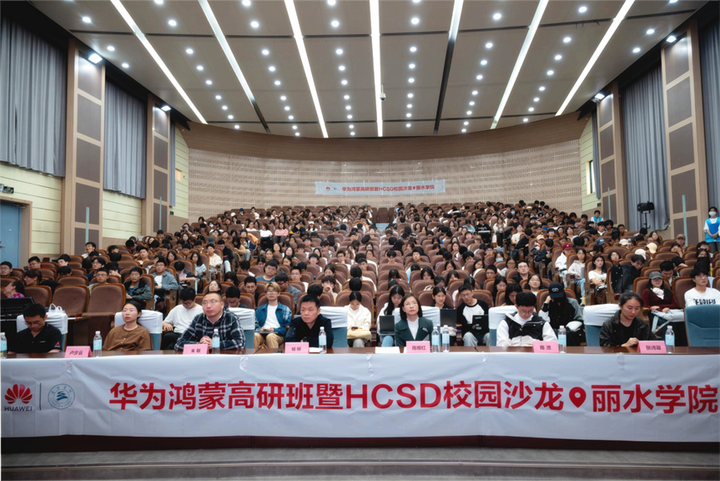dlib实现人脸识别方法
文章目录概述方法实现实现步骤示例代码重载方法概述此示例演示如何使用dlib作为人脸识别工具,dlib提供一个方法可将人脸图片数据映射到128维度的空间向量,如果两张图片来源于同一个人,那么两个图片所映射的空间向量距离就很近,否则就会很远。因此,可以通过提取图片并映射到128维空间向量再度量它们的欧氏距离(Euclidean distance)是否足够小来判定是否为同一个人。当设置向量距离阈值为0.
概述
此示例演示如何使用dlib作为人脸识别工具,dlib提供一个方法可将人脸图片数据映射到128维度的空间向量,如果两张图片来源于同一个人,那么两个图片所映射的空间向量距离就很近,否则就会很远。因此,可以通过提取图片并映射到128维空间向量再度量它们的欧氏距离(Euclidean distance)是否足够小来判定是否为同一个人。
当设置向量距离阈值为0.6时,2007年,在与其他先进的人脸识别方法的比赛中,dlib模型在LFW人脸数据集基线测试准确率为99.38%。这个准确率意味着,在判断一对照片是否为同一个人时,dlib工具将具有99.38%的准确率。
方法实现
实现步骤
- 实例化人脸检测模型、人脸关键点检测模型、人脸识别模型
- 加载一对图片
- 分别获取图片中的人脸图片所映射的空间向量,即人脸特征值
- 计算特征向量欧氏距离,根据阈值判断是否为同一个人
示例代码
import sys
import os
import dlib
import glob
import numpy as np
def find_euclidean_distance(source_representation, test_representation):
"""
计算向量的欧氏距离
"""
euclidean_distance = source_representation - test_representation
euclidean_distance = np.sum(np.multiply(euclidean_distance, euclidean_distance))
euclidean_distance = np.sqrt(euclidean_distance)
return euclidean_distance
# 加载模型
face_detect_model_path = '../models/mmod_human_face_detector.dat'
face_shape_predictor_path = '../models/shape_predictor_5_face_landmarks.dat'
face_rec_model_path = '../models/dlib_face_recognition_resnet_model_v1.dat'
face_detector = dlib.cnn_face_detection_model_v1(face_detect_model_path)
face_shape_predictor = dlib.shape_predictor(face_shape_predictor_path)
face_recognition_model = dlib.face_recognition_model_v1(face_rec_model_path)
image_path = r'sample1.jpg'
image_cmp_path = r'sample12.jpg'
image=dlib.load_rgb_image(image_path)
image_cmp = dlib.load_rgb_image(image_cmp_path)
face_detections = face_detector(image, 1)
# 假定每张对比图片只有一张人脸
face_shape=face_shape_predictor(image, face_detections[0].rect)
# 获取人脸图片128维向量
face_descriptor = face_recognition_model.compute_face_descriptor(image,face_shape,10,0.35)
face_feature = np.array(face_descriptor)
# 获取对比人脸图片的128维向量
face_cmp_detections = face_detector(image_cmp, 1)
face_cmp_shape = face_shape_predictor(image_cmp, face_cmp_detections[0].rect)
face_cmp_descriptor = face_recognition_model.compute_face_descriptor(image_cmp, face_cmp_shape,10,0.35)
face_cmp_feature = np.array(face_cmp_descriptor)
# 获取向量欧式距离
distance = find_euclidean_distance(face_feature, face_cmp_feature)
print(distance)
获取人脸向量方法,可继续添加参数如下 :
face_descriptor = face_recognition_model.compute_face_descriptor(img, shape, 100, 0.25)
-
在LFW数据集测试中,不传入100这个参数,得到的正确率是99.13%,传入参数100,正确率为99.38%.然而,传入100这个参数,使得这个方法的执行速度慢了100倍,所以按需选择即可。进一步解释一下第三个参数,第三个参数用来告诉函数执行多少次人脸提取(jitter/resample),当设置为100时,会提取100次稍作修改的人脸图片并取平均值,再去映射为空间向量,这个数值可以设置小一点,例如 10,那么执行速度将会慢10倍而不是100倍,正确率却依然有99.3%.
-
第四个参数值padding(0.25)是人脸图形的内边距.设置padding为0将会沿着人脸区域剪切,padding值越大,剪切的图片将会向外延伸,padding设置为0.5时,图像宽度变为原来的2倍,padding设置为1时为三倍,以此类推.
重载方法
另外一种获取人脸特征向量的方法(直接传入已对齐的人脸图片):
# 获取人脸对齐图片,必须是默认的尺寸(150*150)
face_chip = dlib.get_face_chip(img, shape)
# 获取特征向量
face_feature_from_prealigned_image = face_recognition_model.compute_face_descriptor(face_chip)
重载方法汇总:
1. compute_face_descriptor(self, img: numpy.ndarray[(rows,cols,3),uint8], face: dlib.full_object_detection, num_jitters: int=0, padding: float=0.25) -> dlib.vector
Takes an image and a full_object_detection that references a face in that image and converts it into a 128D face descriptor.
If num_jitters>1 then each face will be randomly jittered slightly num_jitters times, each run through the 128D projection, and the average used as the face descriptor.
Optionally allows to override default padding of 0.25 around the face.
2. compute_face_descriptor(self, img: numpy.ndarray[(rows,cols,3),uint8], num_jitters: int=0) -> dlib.vector
Takes an aligned face image of size 150x150 and converts it into a 128D face descriptor.
Note that the alignment should be done in the same way dlib.get_face_chip does it.
If num_jitters>1 then image will be randomly jittered slightly num_jitters times, each run through the 128D projection,
and the average used as the face descriptor.
3. compute_face_descriptor(self, img: numpy.ndarray[(rows,cols,3),uint8], faces: dlib.full_object_detections, num_jitters: int=0, padding: float=0.25) -> dlib.vectors
Takes an image and an array of full_object_detections that reference faces in that image and converts them into 128D face descriptors.
If num_jitters>1 then each face will be randomly jittered slightly num_jitters times, each run through the 128D projection,
and the average used as the face descriptor. Optionally allows to override default padding of 0.25 around the face.
4. compute_face_descriptor(self, batch_img: List[numpy.ndarray[(rows,cols,3),uint8]], batch_faces: List[dlib.full_object_detections], num_jitters: int=0, padding: float=0.25) -> dlib.vectorss
Takes an array of images and an array of arrays of full_object_detections. `batch_faces[i]` must be an array of full_object_detections corresponding to the image `batch_img[i]`, referencing faces in that image.
Every face will be converted into 128D face descriptors.
If num_jitters>1 then each face will be randomly jittered slightly num_jitters times, each run through the 128D projection, and the average used as the face descriptor.
Optionally allows to override default padding of 0.25 around the face.
5. compute_face_descriptor(self, batch_img: List[numpy.ndarray[(rows,cols,3),uint8]], num_jitters: int=0) -> dlib.vectors
Takes an array of aligned images of faces of size 150_x_150.Note that the alignment should be done in the same way dlib.get_face_chip does it.Every face will be converted into 128D face descriptors.
If num_jitters>1 then each face will be randomly jittered slightly num_jitters times, each run through the 128D projection, and the average used as the face descriptor.
更多推荐
 已为社区贡献2条内容
已为社区贡献2条内容









所有评论(0)